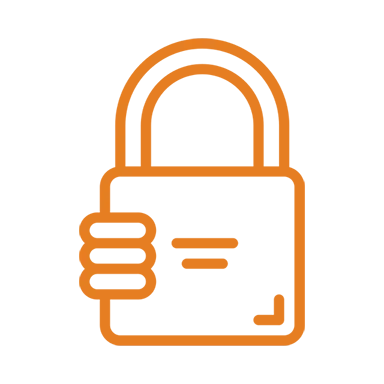Plessey Code
What is a Plessey Code?
This is a type of continuous, pulse-width-modulated barcode. It was developed in 1971 by the Plessey Company plc and is still used in retail stores and rare libraries. The first commercial use of the code was by J.Sainsbury in the early 1970s in a product restocking system. Learn more about the code and its history.
This 1D linear barcode symbology is one of the first to be used in stores. It is still widely used today, and its original Plessey Code was based on it. This code is still used in rare libraries and retail stores for shelf tags. J.Sainsbury, a British department store, introduced the Plessey Code in the early 1970s as part of their restocking system.
The original Plessey Code is a linear barcode. MSI Plessey is a numeric only symbology. Most stores and libraries use this type of code. The Plessey code has a limited number of digits, but can represent a long number. The barcode has a fixed length, and cannot self-check. Therefore, MSI Plessey codes require a toolkit to recognize them.
Another type of Plessey code is the check code. It is a binary format code used in communications. It uses two characters with eight bits to perform error detection and correction. Usually, a checkcode is used to prevent transmission errors. The CRC has a termination bar, which is a full pitch bar. A reverse start code detects the direction of reading and encodes as “0011”. A simple space or “1” is used to decode the reverse start, and a simple digit represents a digit.















 RFID Cage
RFID Cage
